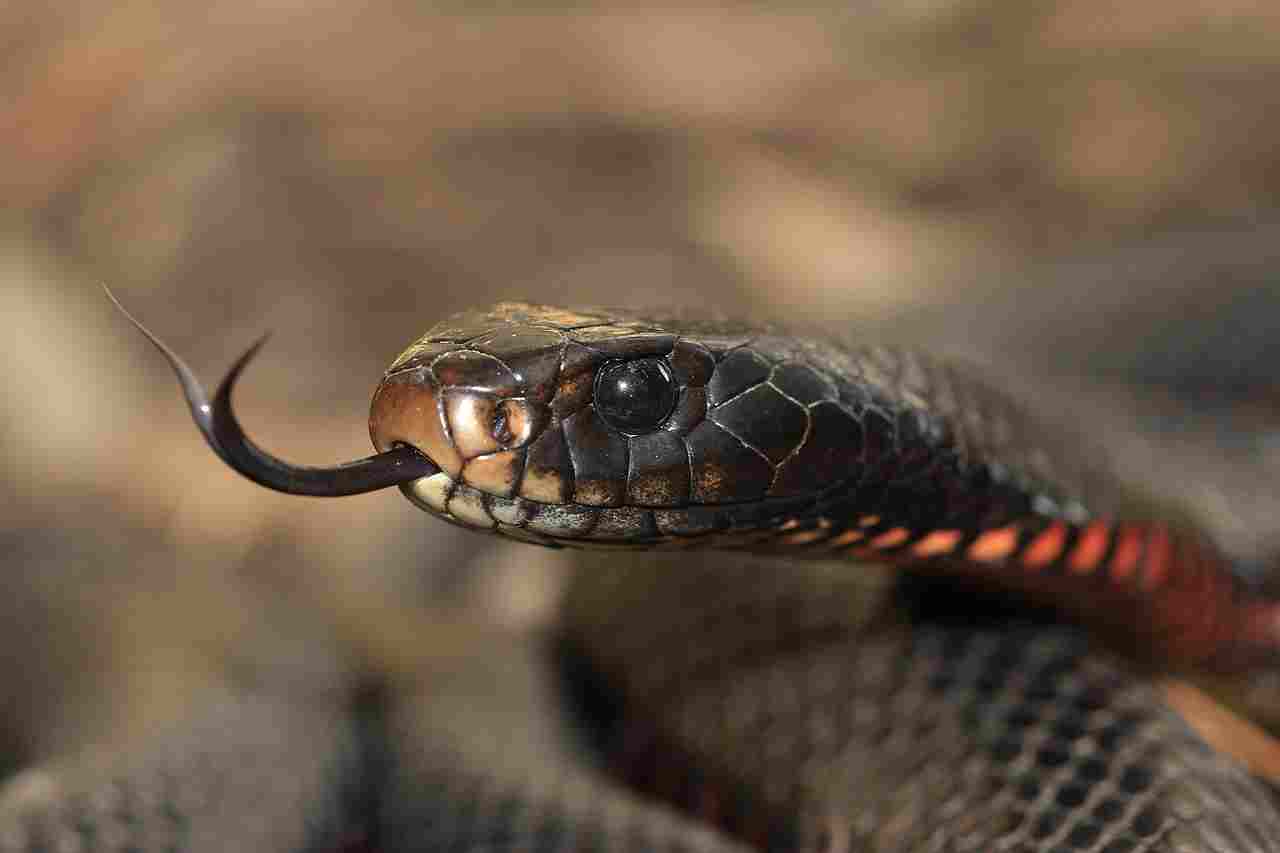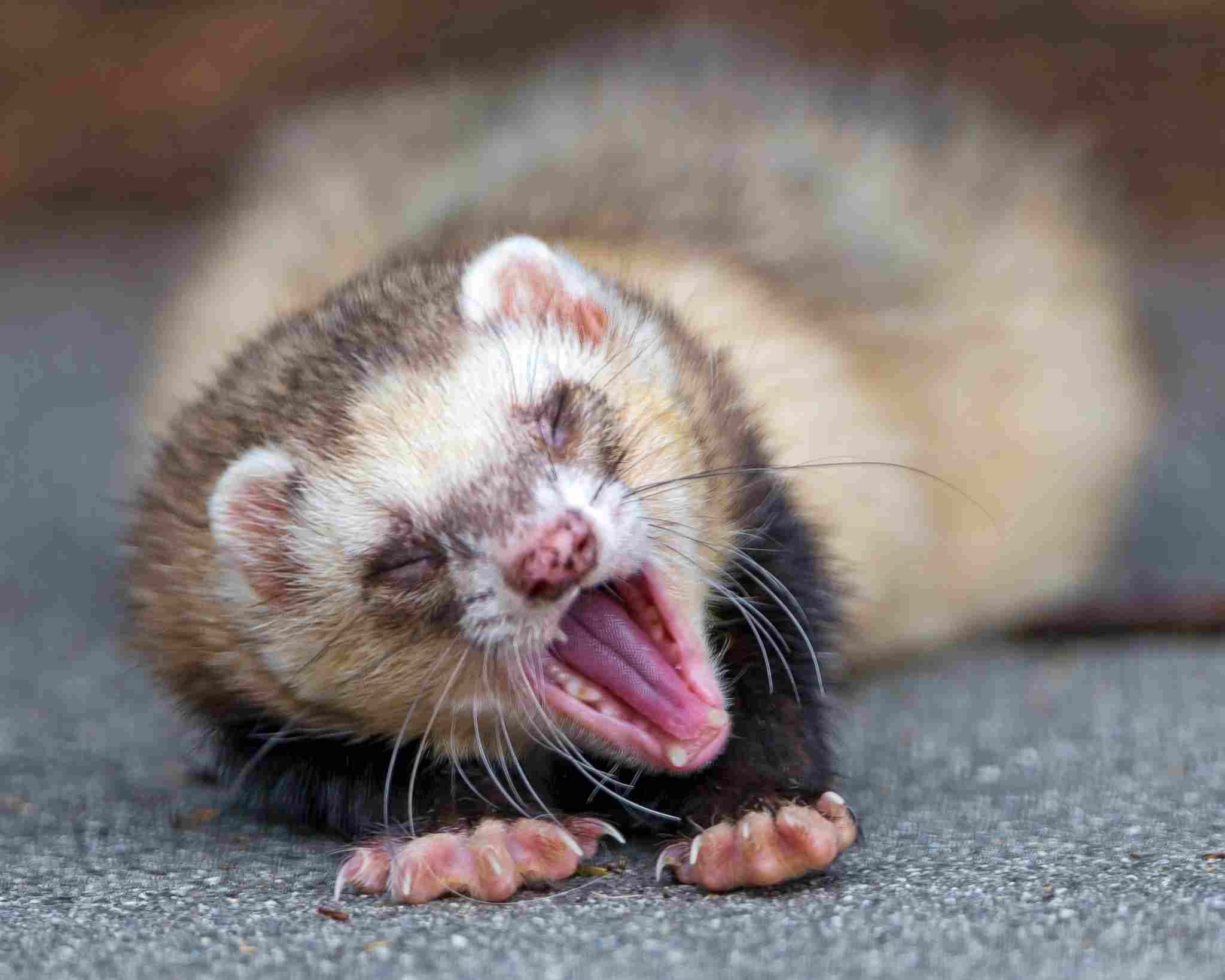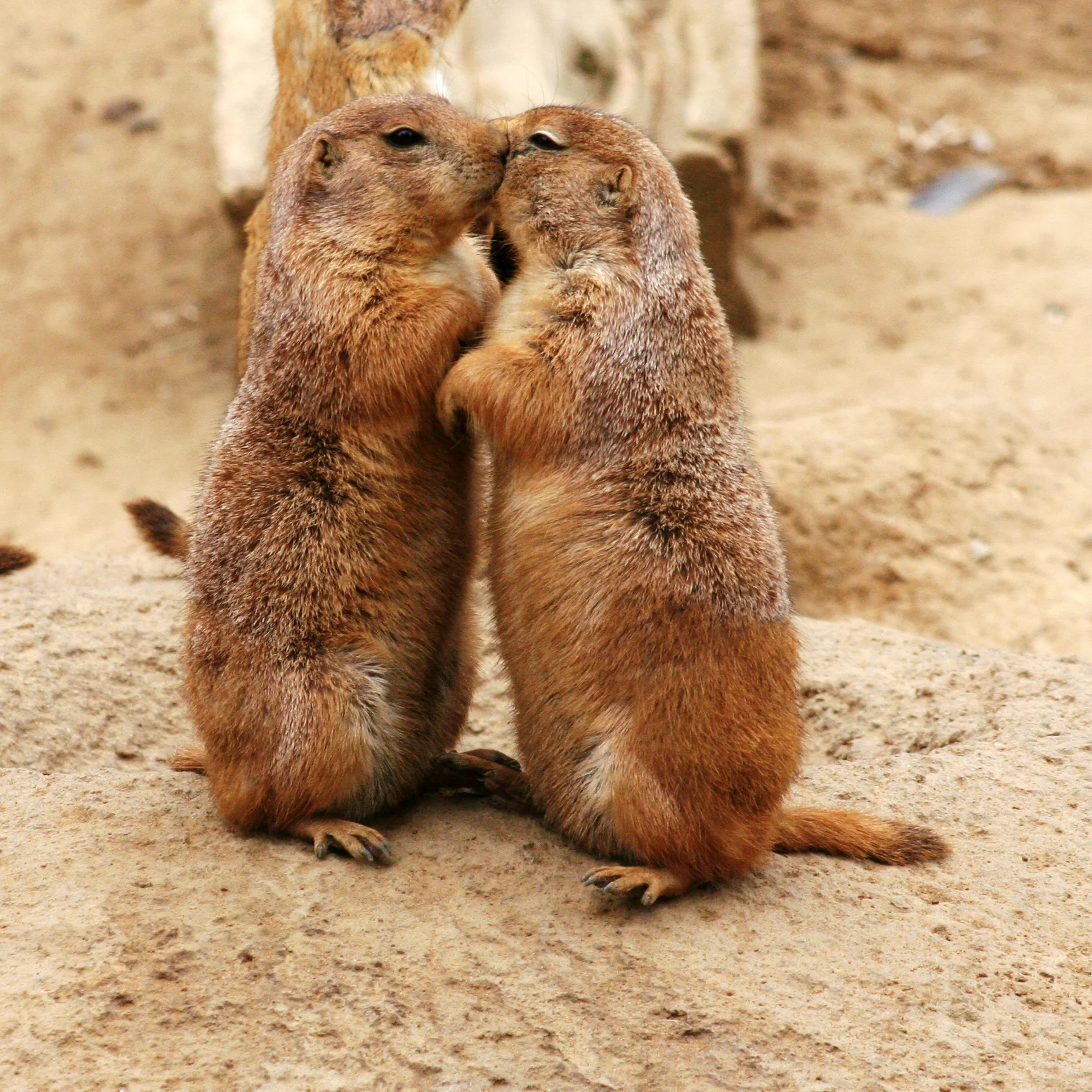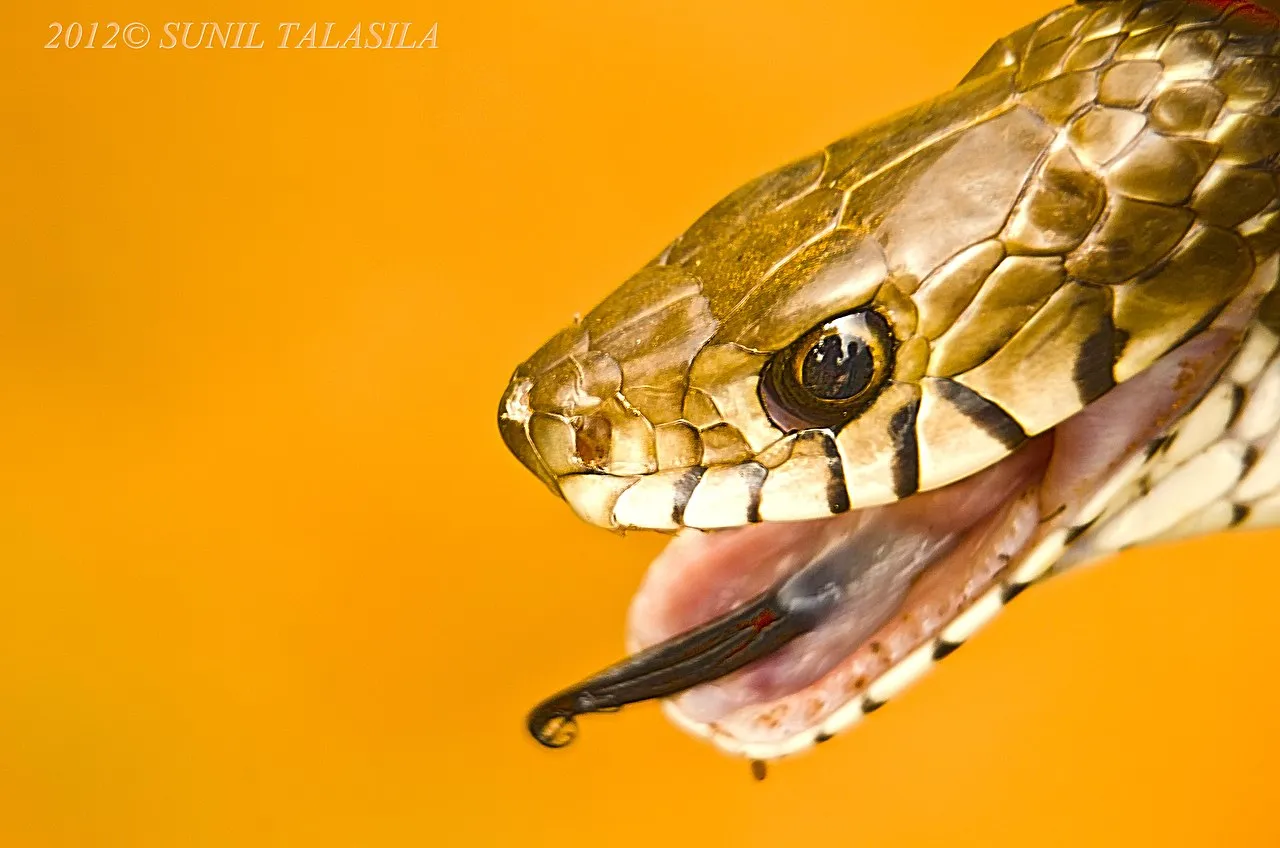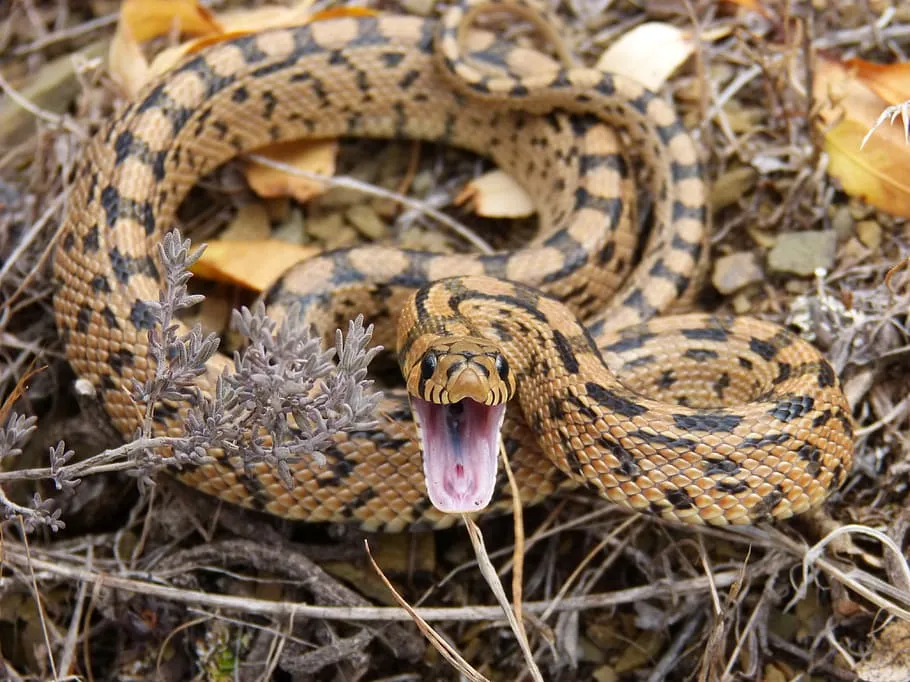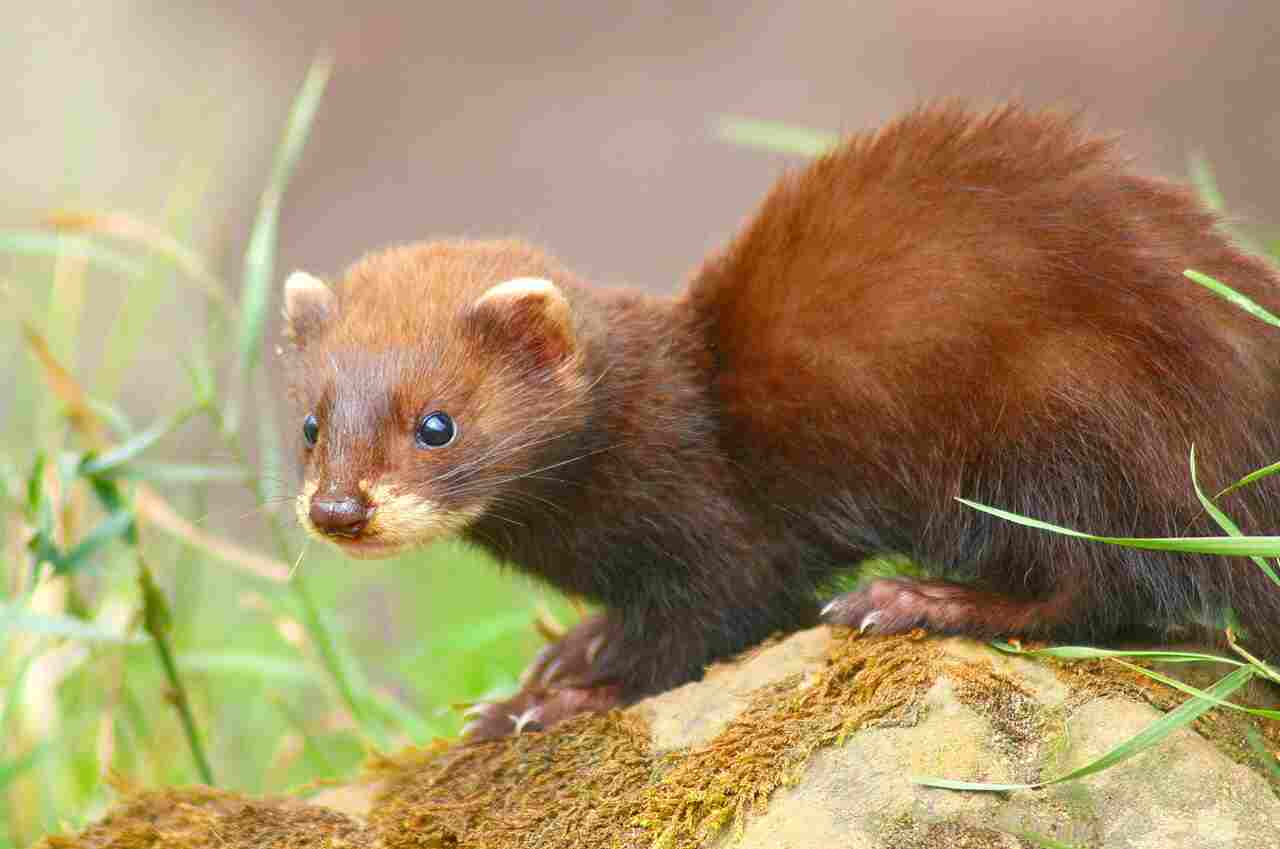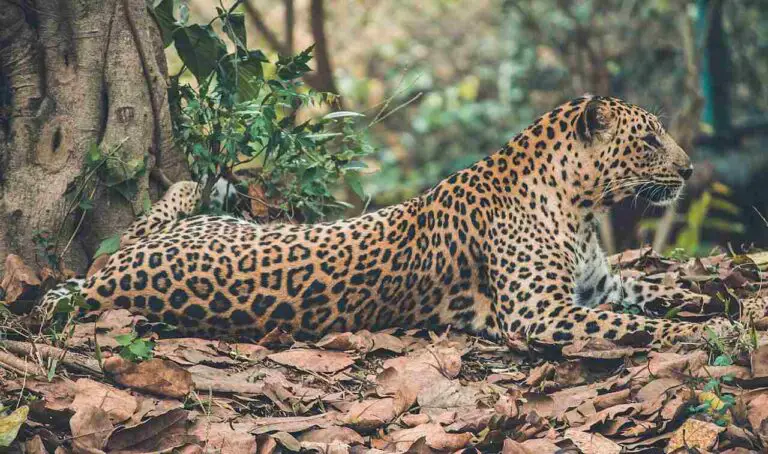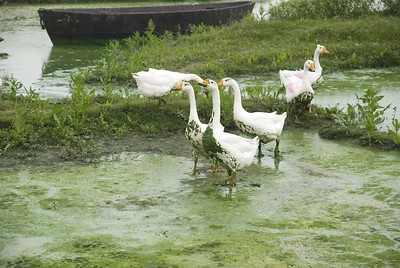Mongoose Vs Meerkat Who Would Win, Overall Comparison
A theoretical confrontation between a mongoose and a meerkat, both members of the Herpestidae family, presents an interesting scenario where unique characteristics may influence the outcome of a one-on-one encounter. While meerkats are a type of mongoose, they exhibit distinctive features that set them apart, particularly in their gopher-like appearance. This analysis delves into their genetic relationship, gopher-like features, size, weight, strong forearms, agility, and aggressiveness to speculate on the likely victor in this hypothetical scenario.
Mongoose vs Meerkat: Assessing the Likely Victor in a Confrontation
In a hypothetical scenario involving a mongoose and a meerkat, the meerkat, being a type of mongoose, is likely to emerge victorious against other mongooses due to its superior size, weight, and strong forearms. However, the outcome may vary depending on the specific mongoose species, with agility and aggressiveness potentially playing a role.
I). Genetic Relationship:
– Meerkats are indeed a type of mongoose, both belonging to the Herpestidae family. While they share genetic similarities, meerkats exhibit unique gopher-like features that differentiate them from other mongooses within the family.
II). Gopher-Like Features:
– Meerkats stand out among mongooses with their gopher-like appearance, characterized by a slender body, short legs, and distinctive facial markings. These features contribute to their unique identity within the mongoose family.
III). Size and Weight Advantage:
– Meerkats, being larger and generally heavier than some other mongoose species, have a significant advantage in terms of size and power. This advantage, particularly in the context of this hypothetical confrontation, may give the meerkat an upper hand against other mongooses.
IV). Strong Forearms:
– Meerkats are known for their strong forearms, adapted for digging and other activities. This physical attribute can be utilized defensively or offensively in a confrontation, providing the meerkat with a tool to overcome its opponent.
V). Agility and Aggressiveness:
– While the outcome may vary depending on the specific mongoose species, agility and aggressiveness are factors that other mongooses might use to their advantage. Some mongooses, known for their agility, may employ swift movements and aggressive tactics to outmaneuver the meerkat in a confrontation.
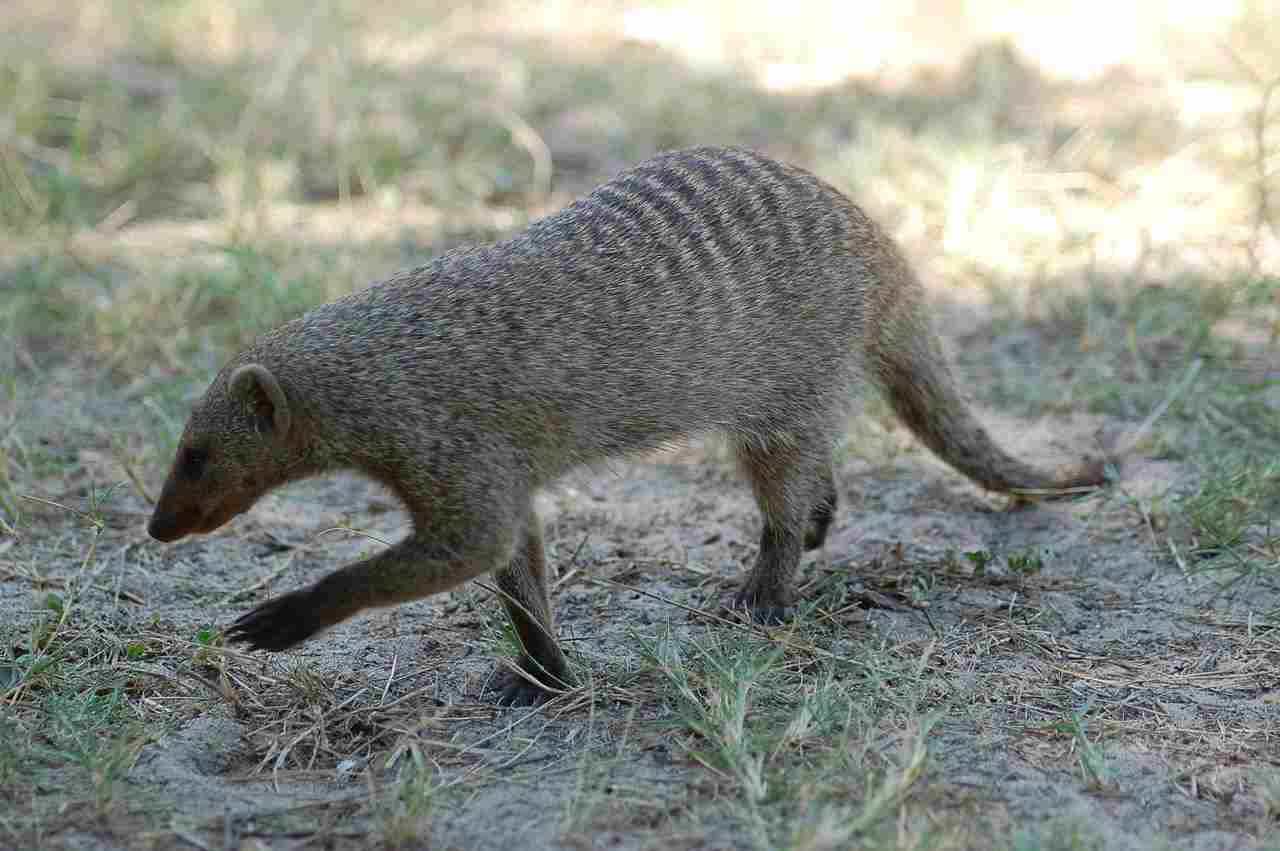
VI). Overall Dynamics:
– In this hypothetical scenario, the meerkat, being a type of mongoose, is likely to prevail against other mongooses due to its superior size, weight, and strong forearms. However, the specific mongoose species involved will influence the dynamics of the confrontation, with agility and aggressiveness playing crucial roles in determining the outcome.
*Details of Comparison
| Criteria | Mongoose | Meerkat |
| Taxonomy | Genus – Herpestes |
Genus – Suricata
|
| Appearance | Slender, varied fur colors |
Upright posture, grizzled fur
|
| Size | Generally larger | Smaller size |
| Weight | Wider weight range |
Moderate weight
|
| Bite Force (PSI) | Generally strong bite |
Moderate bite force
|
| Physical Offensive Adv. | Individual prowess |
Cooperative hunting
|
| Physical Defensive Adv. | Agility and reflexes |
Sentinel behavior, burrow retreat
|
| Speed | Faster running speeds |
Moderate running speeds
|
| Agility | High agility | High agility |
| Overall Physical Cap. | Versatile traits |
Balanced physical traits
|
| Habitat Preference(s) | Diverse habitats |
Arid and semi-arid regions
|
| Tracks | Elongated, clawed toes |
Distinctive with claw marks, associated with burrows
|
| Lifespan | Varies, 6-12 years | 7-10 years |
| Mode of Feeding | Carnivores, diverse diet |
Primarily insectivores
|
| Intelligence | High problem-solving, social |
High problem-solving, social
|
| Social Behavior | Varied social structures |
Highly social, complex hierarchy
|
| Mode of Reproduction | Variable, some monogamous |
Generally monogamous
|
| Parental Behavior | Cooperative breeding |
Cooperative breeding
|
| Proximity to Human Areas | Some adapt well |
Primarily in natural habitats
|
| Behavior Toward Humans | Varies |
Generally wary and avoidant
|
| Danger Posed to Humans | Not highly dangerous |
Not highly dangerous
|
| Precautions | Cautious behavior recommended |
Cautious behavior recommended
|
| Conservation Status | Varies across species |
Varies across species
|
Key Points
- Both belong to the Herpestidae family, exhibiting carnivorous diets and cooperative behaviors.
- Mongoose generally larger, with a wider weight range and stronger bite force.
- Meerkats known for upright posture, cooperative hunting, and sentinel behavior.
- Habitat preferences differ, with mongooses adaptable to diverse environments.
- Social structures vary, with mongoose species showing diverse behaviors, while meerkats live in colonies with a complex hierarchy.
- Conservation statuses vary across species, highlighting the need for targeted conservation efforts.
1. Taxonomy:
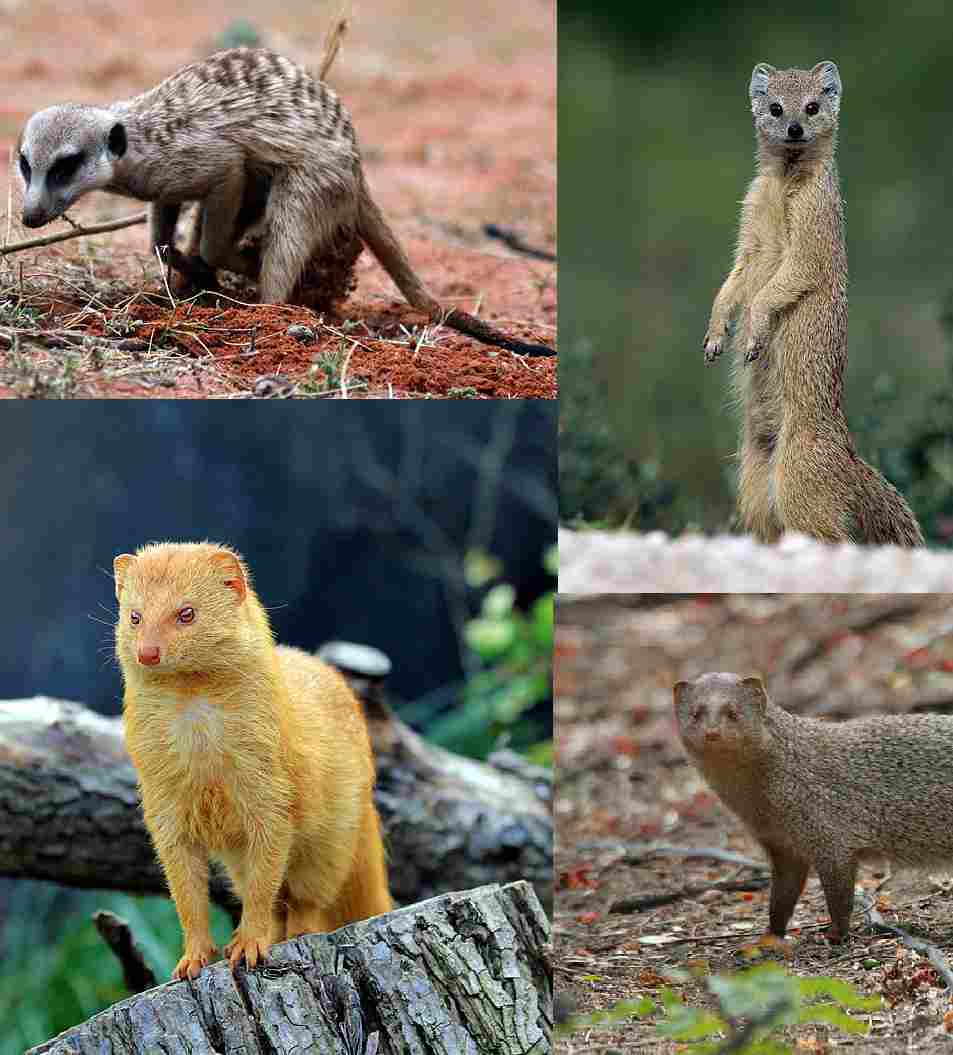
Mongoose:
Family: Herpestidae
Subfamily: Herpestinae
Genus: Herpestes
Various species within the genus, e.g., Indian gray mongoose (Herpestes edwardsii), Egyptian mongoose (Herpestes ichneumon).
Meerkat:
Family: Herpestidae
Subfamily: Herpestinae
Genus: Suricata
Species: Suricata suricatta
2. Appearance:
Mongoose:
Slender, elongated body with a pointed snout.
Fur color varies among species, ranging from brown and gray to reddish and yellowish tones.
Ears are typically small and rounded.
Meerkat:
Small, robust body with a distinctive upright posture.
Fur is grizzled and ranges from light to dark brown, often with bands or stripes on the back.
Pronounced dark eye patches and a slender tail with a bushy tip.
Comparison:
Mongoose tends to have a more streamlined body, while meerkats are known for their upright stance and distinct markings.
Ecological Implications:
Mongoose body structure aids in swift movements through various terrains.
Meerkat’s upright posture assists in sentinel behavior for group protection in open habitats.
3. Size:
Mongoose:
Length varies, with some species reaching up to 28 inches (70 cm) excluding the tail.
Meerkat:
Length typically ranges from 9 to 11 inches (24-28 cm) with an additional 7 to 10 inches (18-25 cm) for the tail.
Comparison:
Mongoose generally exhibits a larger overall size compared to meerkats.
Ecological Implications:
Mongoose size variation allows adaptation to diverse ecosystems.
Meerkat’s smaller size aids in agility, especially in burrow systems.
4. Weight:
Mongoose:
Weight varies across species, ranging from 7 ounces to 11 pounds (200g to 5 kg).
Meerkat:
Typically weighs between 1.5 to 2.5 pounds (0.7 to 1.1 kg).
Comparison:
Mongoose generally has a wider range of weight across species compared to meerkats.
Ecological Implications:
Mongoose weight variations adapt to different dietary needs.
Meerkat’s moderate weight facilitates burrow excavation and efficient movement.
5. Bite Force (PSI – Pounds per Square Inch):
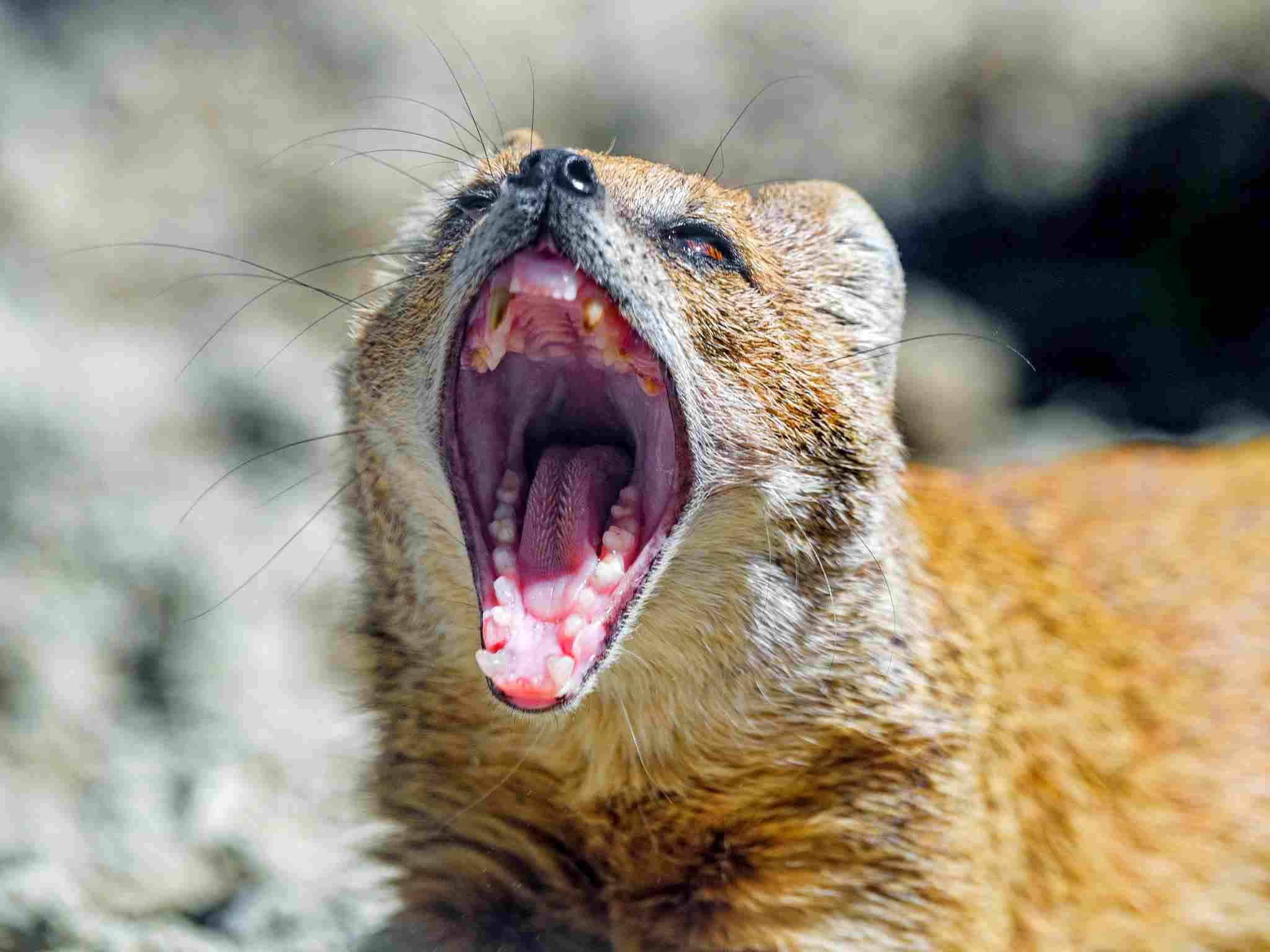
Mongoose:
Bite force varies among species, but generally strong for their size.
Meerkat:
Moderate bite force suitable for their dietary habits.
Comparison:
Mongoose often exhibits a more formidable bite force compared to meerkats.
Ecological Implications:
Mongoose strong bite assists in hunting and defense against predators.
Meerkat’s bite force aligns with its primarily insectivorous diet.
6. Physical Offensive Advantages:
Mongoose:
Sharp claws and powerful jaws aid in capturing prey.
Agile and quick movements provide an advantage in hunting.
Meerkat:
Claws and teeth used for digging and catching insects.
Cooperative hunting behavior enhances success.
Comparison:
Mongoose relies on individual prowess for offense, while meerkats benefit from collaborative hunting strategies.
Ecological Implications:
Mongoose’s offensive capabilities contribute to their versatility in various ecosystems.
Meerkat’s cooperative hunting fosters social bonds and efficient resource utilization.
7. Physical Defensive Advantages:
Mongoose:
Quick reflexes and agility aid in evading predators.
Some species can emit anal gland secretions for defense.
Meerkat:
Vigilant sentinel behavior and burrow retreat as primary defensive strategies.
Sharp claws for digging escape routes.
Comparison:
Mongoose and meerkat employ different defensive tactics, with meerkats relying heavily on group protection.
Ecological Implications:
Mongoose’s agility enhances chances of escaping predators.
Meerkat’s group defense increases survival rates for individuals through communal vigilance.
8. Speed (Km/hour or Mile/hour):
Mongoose:
Can reach speeds up to 20 to 30 miles per hour (32 to 48 km/h).
Meerkat:
Capable of running at speeds around 12 to 15 miles per hour (19 to 24 km/h).
Comparison:
Mongoose generally displays higher running speeds compared to meerkats.
Ecological Implications:
Mongoose speed aids in chasing down prey and escaping predators.
Meerkat’s moderate speed aligns with their habitat preferences, optimizing energy expenditure.
9. Agility:
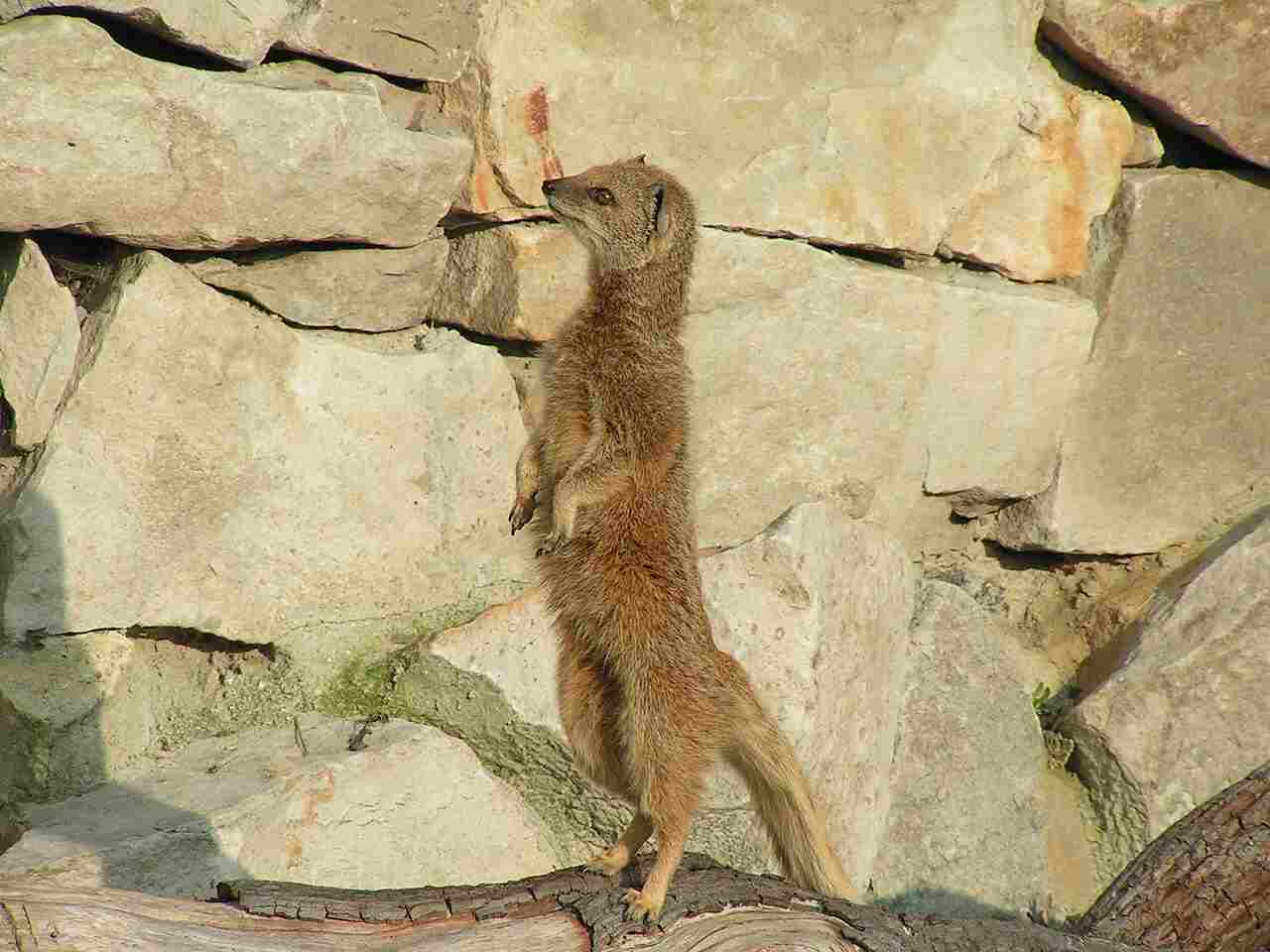
Mongoose:
Exceptional agility and flexibility for navigating complex environments.
Meerkat:
Agile movements, especially in burrow systems, and the ability to stand upright for sentinel behavior.
Comparison:
Both mongoose and meerkat exhibit high levels of agility, albeit in different contexts.
Ecological Implications:
Mongoose agility crucial for hunting and escaping predators.
Meerkat agility supports burrow excavation, hunting, and sentinel duties within the group.
10. Overall Physical Capacity:
Mongoose:
Possesses a versatile set of physical traits, including agility, speed, and offensive capabilities.
Meerkat:
Demonstrates a combination of agility, cooperative behavior, and defensive strategies.
Comparison:
Mongoose and meerkat showcase diverse physical capacities, each adapted to their ecological niche.
Ecological Implications:
Mongoose’s overall capacity enhances adaptability to different environments.
Meerkat’s balanced physical traits contribute to successful survival in group dynamics.
11. Habitat Preference(s):
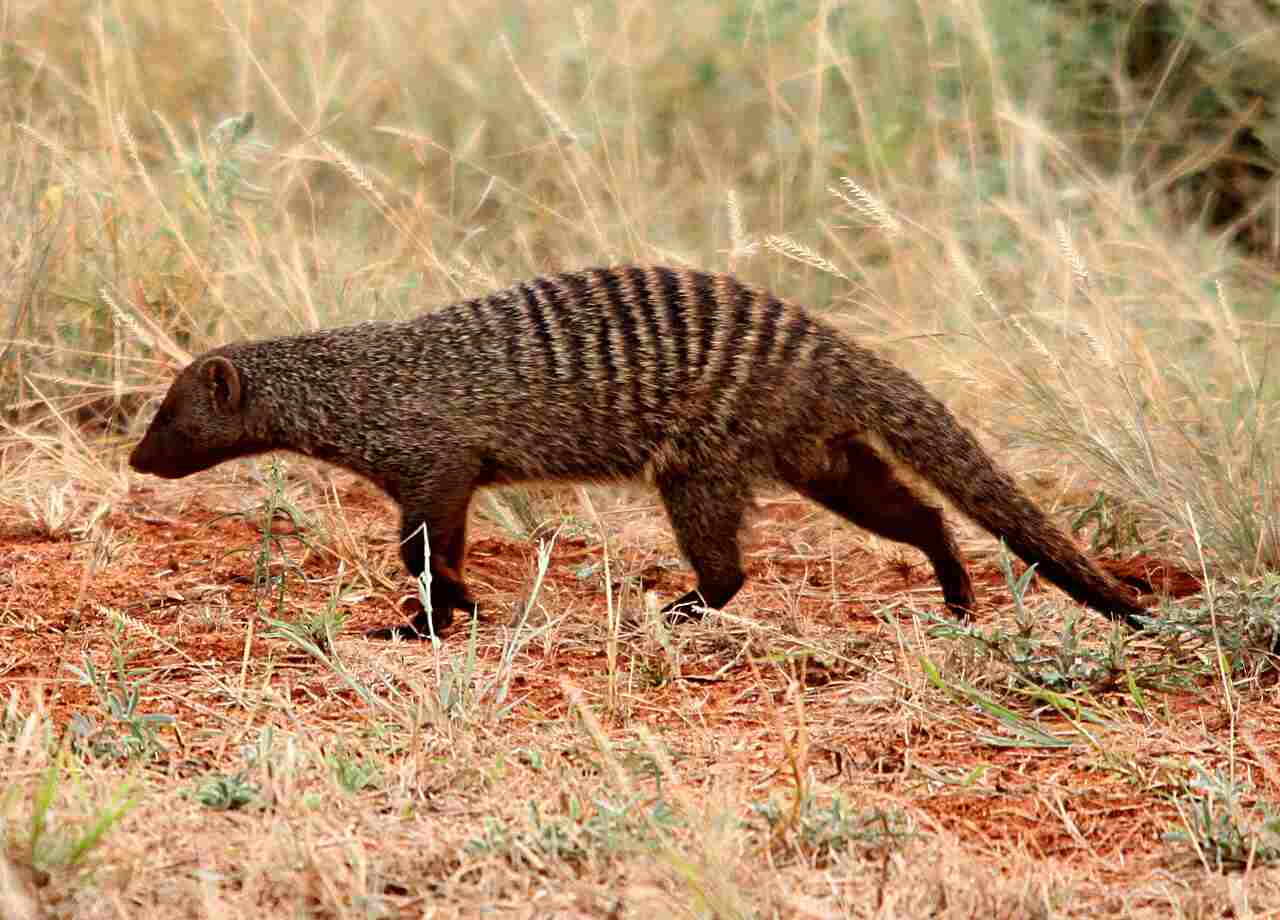
Mongoose:
Found in a variety of habitats including grasslands, forests, and urban areas.
Meerkat:
Prefers arid and semi-arid regions, often associated with savannas and deserts.
Comparison:
Mongoose displays a broader habitat range compared to meerkats.
Ecological Implications:
Mongoose adaptability allows them to exploit a wide range of ecosystems.
Meerkat’s habitat preference aligns with their specific adaptations for burrow dwelling in arid regions.
12. Tracks:
Mongoose:
Paw prints typically show elongated, clawed toes.
Meerkat:
Distinctive paw prints with claw marks, often associated with burrow entrances.
Comparison:
While both leave claw marks, meerkat tracks may be associated with burrows.
Ecological Implications:
Mongoose track features aid in identifying their presence in various terrains.
Meerkat tracks may indicate proximity to burrow systems, influencing tracking patterns.
13. Lifespan:
Mongoose:
Lifespan varies among species, generally ranging from 6 to 12 years in the wild.
Meerkat:
Typically lives around 7 to 10 years in the wild.
Comparison:
Meerkats tend to have a slightly shorter lifespan compared to mongooses.
Ecological Implications:
Lifespan variations contribute to population dynamics and ecological roles within their respective ecosystems.
14. Mode of Feeding:
Mongoose:
Carnivorous diet, feeding on a variety of prey including insects, reptiles, small mammals, and birds.
Meerkat:
Primarily insectivores, feeding on insects, spiders, and occasionally small vertebrates.
Comparison:
While both are carnivores, mongoose has a broader diet range, including larger prey.
Ecological Implications:
Mongoose’s diverse diet contributes to ecosystem balance.
Meerkat’s focus on insects may regulate insect populations in their habitat.
15. Intelligence:
Mongoose:
Exhibits high problem-solving skills and social intelligence.
Meerkat:
Intelligent and capable of cooperative behaviors, such as sentinel duty.
Comparison:
Both mongoose and meerkat display notable intelligence, adapted to their social structures.
Ecological Implications:
Mongoose intelligence aids in adaptive behaviors for survival.
Meerkat’s cooperative intelligence contributes to group cohesion and protection.
16. Social Behavior:
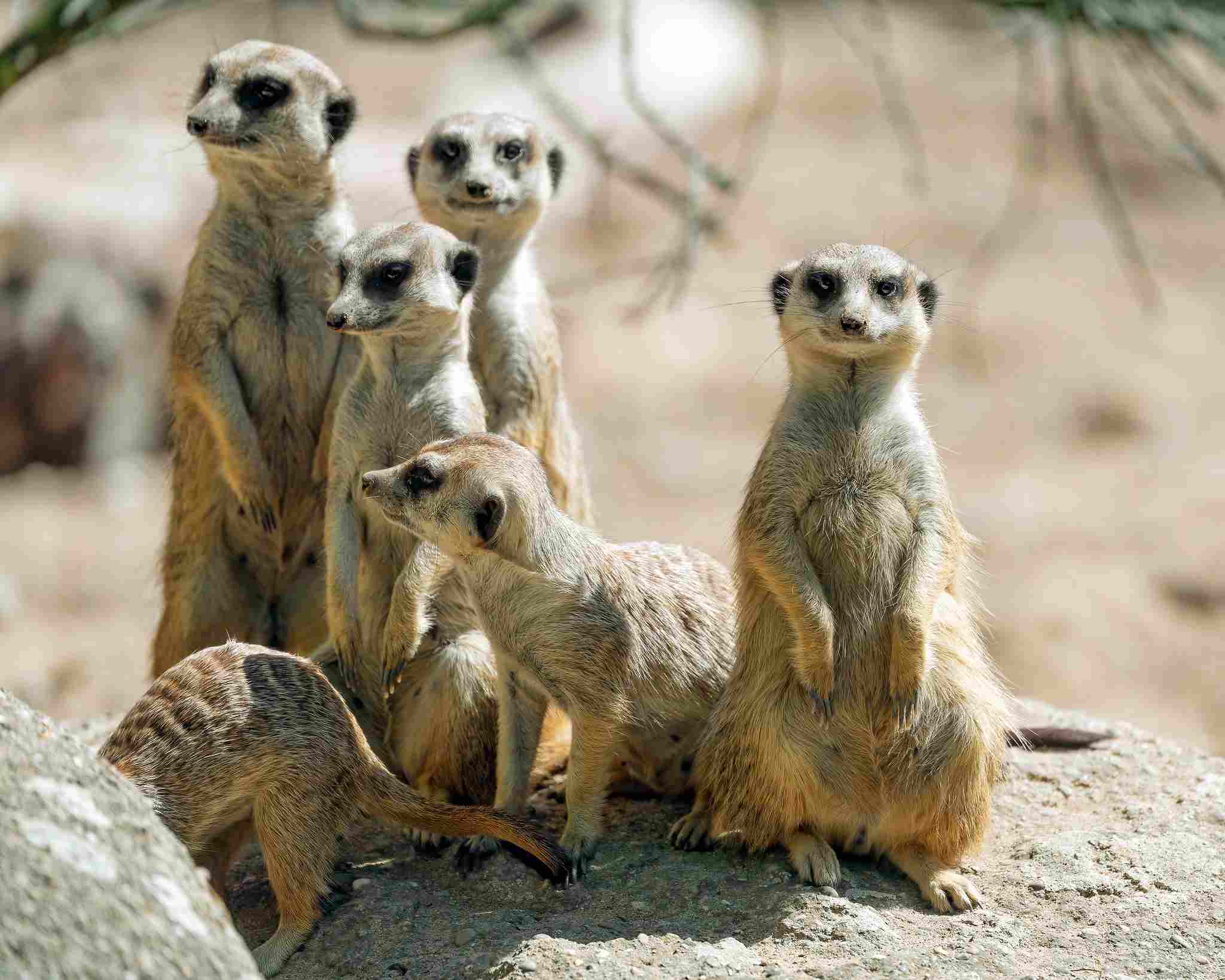
Mongoose:
Varied social structures, ranging from solitary to group living depending on species.
Meerkat:
Highly social, living in colonies with complex hierarchical structures.
Comparison:
Meerkats are more consistently social, whereas mongoose species exhibit a range of social structures.
Ecological Implications:
Mongoose social structures adapt to different ecological niches.
Meerkat’s cooperative social behavior enhances group survival and resource utilization.
17. Mode of Reproduction:
Mongoose:
Reproduction varies, with some species being monogamous and others polygamous.
Meerkat:
Generally monogamous, with a dominant breeding pair in a group.
Comparison:
Meerkats often exhibit a more consistent monogamous reproductive structure compared to mongooses.
Ecological Implications:
Mongoose reproductive strategies adapt to diverse ecological conditions.
Meerkat’s monogamous structure may contribute to stability within the social group.
18. Parental Behavior:
Mongoose:
Parental care varies; some species exhibit cooperative breeding with help from other group members.
Meerkat:
Cooperative breeding system where non-breeding individuals assist in caring for offspring.
Comparison:
Both mongoose and meerkat show cooperative parental behavior, but meerkats are more consistently cooperative.
Ecological Implications:
Cooperative parental care in mongoose enhances the survival of offspring.
Meerkat’s consistent cooperative breeding contributes to group stability and protection.
19. Proximity to Human-Inhabited Areas:
Mongoose:
Some species, like the Indian gray mongoose, adapt well to urban and suburban environments.
Meerkat:
Primarily found in natural habitats, less likely to thrive in close proximity to human settlements.
Comparison:
Mongooses, in some cases, display a higher tolerance for human-inhabited areas compared to meerkats.
Ecological Implications:
Mongoose adaptability to human presence may influence their ecological role in urban ecosystems.
Meerkats’ avoidance of human settlements may preserve their natural behaviors and habitats.
20. Behavior Toward Humans:
Mongoose:
Behavior varies; some species may display avoidance, while others might become accustomed to human presence.
Meerkat:
Generally wary and avoidant of humans in the wild.
Comparison:
Meerkats tend to be more consistently wary of human presence compared to mongooses.
Ecological Implications:
Mongoose adaptability to human presence may have implications for their role in anthropogenic environments.
Meerkats’ wariness contributes to their conservation in natural habitats.
21. Danger Posed to Humans:
Mongoose:
Generally not considered dangerous to humans; may pose a threat if cornered or threatened.
Meerkat:
Typically not dangerous to humans; they are more likely to flee than confront.
Comparison:
Neither mongoose nor meerkat is considered highly dangerous to humans.
Ecological Implications:
Limited danger to humans allows for potential coexistence in certain environments.
Conservation efforts may focus on maintaining this non-threatening relationship.
22. Associated Precautions:
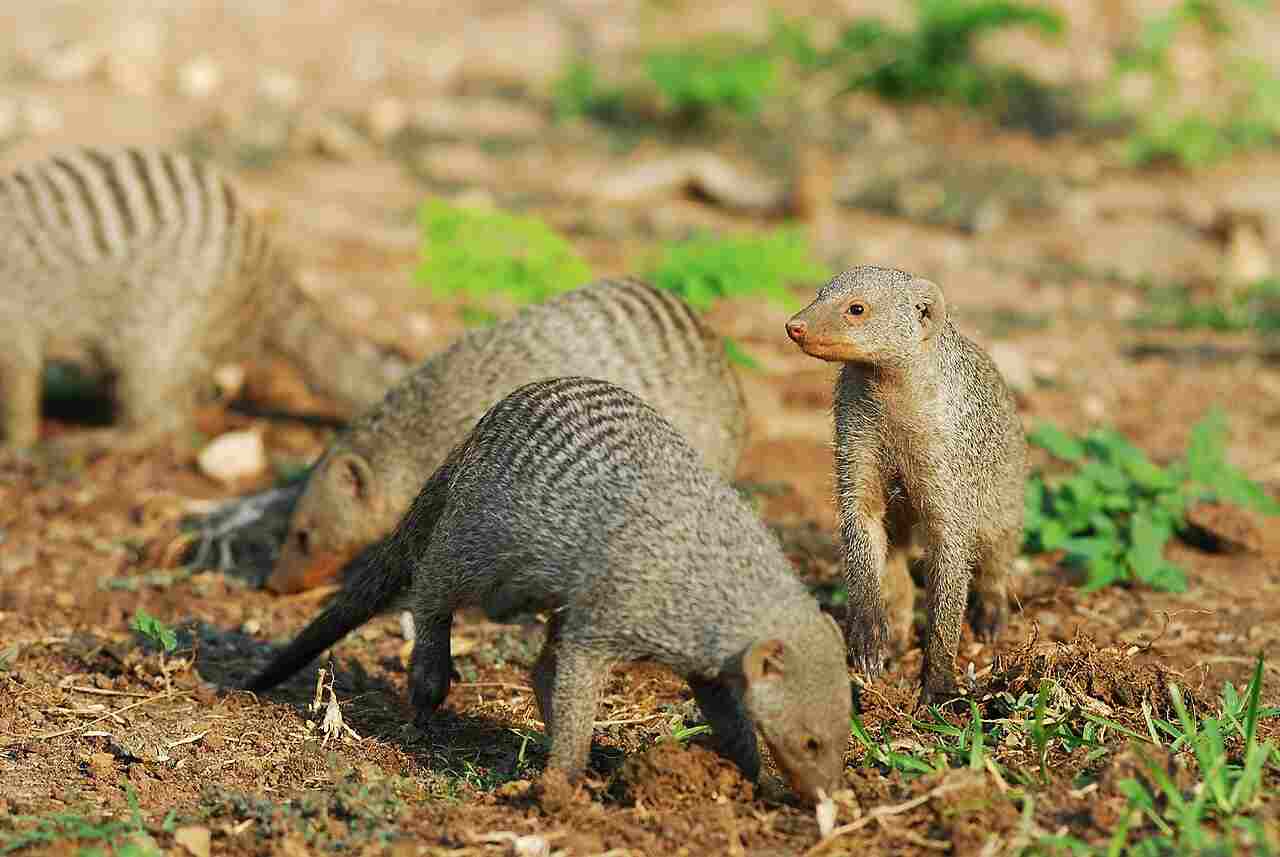
Mongoose:
Caution advised in areas where mongooses are known to carry diseases, and care should be taken to avoid provoking them.
Meerkat:
Observing from a distance is recommended; attempting to handle or approach them may lead to defensive behavior.
Comparison:
Both mongoose and meerkat interactions require cautious behavior to prevent potential risks.
Ecological Implications:
Human precautions help maintain a balance between wildlife and human safety.
23. Conservation Status:
Mongoose:
Varied conservation statuses across species; some are of least concern, while others may face threats due to habitat loss or hunting.
Meerkat:
Generally considered of least concern, but specific populations may face localized threats.
Comparison:
Conservation statuses depend on the specific species within each group.
Ecological Implications:
Conservation efforts should be tailored to the unique challenges faced by different mongoose and meerkat species.
Summary of Comparison
Taxonomy:
Mongoose: Genus – Herpestes; Meerkat: Genus – Suricata
Appearance:
Mongoose: Slender body, varied fur colors; Meerkat: Upright posture, grizzled fur, eye patches
Size:
Mongoose: Generally larger; Meerkat: Smaller size
Weight:
Mongoose: Wider weight range; Meerkat: Moderate weight
Bite Force (PSI):
Mongoose: Generally strong bite; Meerkat: Moderate bite force
Physical Offensive Advantages:
Mongoose: Individual prowess; Meerkat: Cooperative hunting
Physical Defensive Advantages:
Mongoose: Agility and reflexes; Meerkat: Sentinel behavior and burrow retreat
Speed:
Mongoose: Faster running speeds; Meerkat: Moderate running speeds
Agility:
Both: High agility, adapted to different contexts
Overall Physical Capacity:
Mongoose: Versatile traits; Meerkat: Balanced physical traits
Habitat Preference(s):
Mongoose: Diverse habitats; Meerkat: Arid and semi-arid regions
Tracks:
Mongoose: Elongated, clawed toes; Meerkat: Distinctive with claw marks, associated with burrows
Lifespan:
Mongoose: Varies, 6-12 years; Meerkat: 7-10 years
Mode of Feeding:
Mongoose: Carnivores, diverse diet; Meerkat: Primarily insectivores
Intelligence:
Both: High problem-solving and social intelligence
Social Behavior:
Mongoose: Varied social structures; Meerkat: Highly social, complex hierarchy
Mode of Reproduction:
Mongoose: Variable, some monogamous; Meerkat: Generally monogamous
Parental Behavior:
Both: Cooperative breeding, assistance in caring for offspring
Proximity to Human-Inhabited Areas:
Mongoose: Some adapt well; Meerkat: Primarily found in natural habitats
Behavior Toward Humans:
Mongoose: Varies; Meerkat: Generally wary and avoidant
Danger Posed to Humans:
Both: Not highly dangerous
Associated Precautions:
Cautious behavior recommended for both to prevent potential risks
Conservation Status:
Both: Varies across species, some face threats
– Similarities:
Belong to Herpestidae family, carnivorous diet, cooperative behaviors
– Differences:
Varying habitat preferences, social structures, and conservation statuses
Conclusion
I). Similarities:
Both mongoose and meerkat belong to the Herpestidae family and exhibit carnivorous diets with adaptations for hunting.
Cooperative behaviors, including parental care and group living, are observed in both species.
II). Differences:
Differences in habitat preferences, with mongooses showing a broader range.
Social structures vary, with mongoose species exhibiting a range of social behaviors, while meerkats consistently live in colonies with a complex hierarchy.
Conservation statuses differ based on specific species, highlighting the need for targeted conservation efforts.
